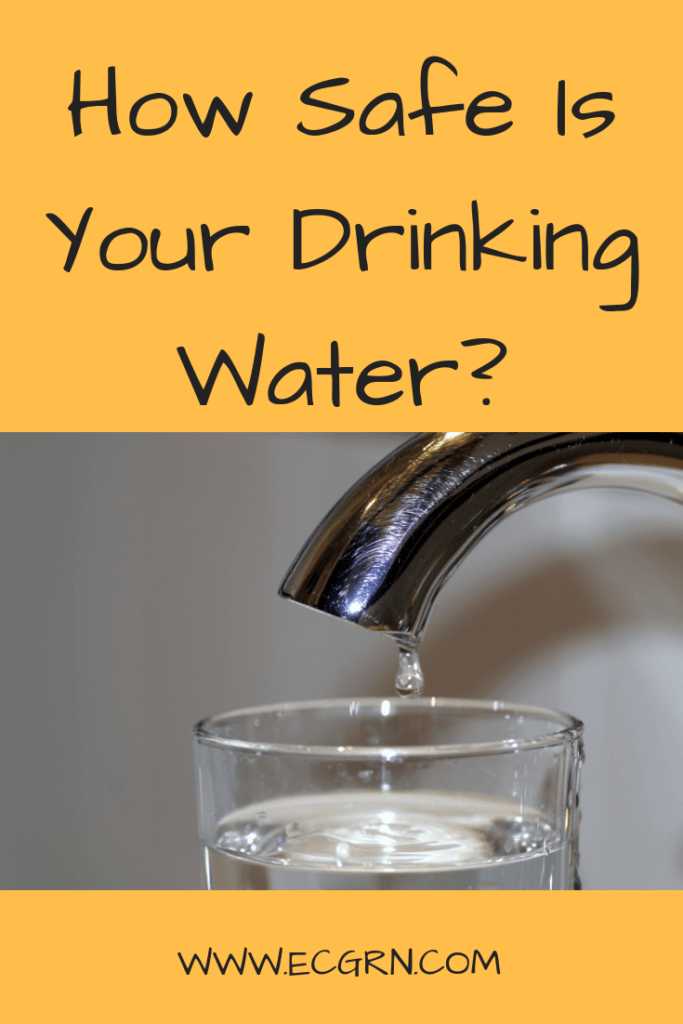Is your drinking water safe? When was the last time you tested your drinking water? Why do we need to test our drinking water? Do you have a domestic well that supply potable water? What is the health risk of drinking contaminated water?
In recent days, drinking water issues created headline news due to lead and other contamination in potable water. Unfortunately, in spite of the federal law, known as the Safe Drinking Water Act (SDWA), most of the towns and cities are still faced with drinking water issues. Under the SDWA, United States (US), Environmental Protection Agency (EPA) sets standards for drinking water quality and oversees the states, local and water companies for the compliance.
EPA established safety levels for certain contaminants in public water supplies. These safety levels are referred to as Maximum Contaminant Levels (MCLs) that are the maximum allowable amounts of the regulated compounds in drinking water.
As per the SDWA, “contaminant” is defined as any physical, chemical, biological, or radiological substance or matter in water. In the 21st century due to heavy chemicals usage and human activities in the industrialized world, drinking water may reasonably be expected to contain at least some amount of contaminants. However, some drinking water contaminants may be harmful to human health, if consumed at certain levels. Therefore, testing your drinking water and knowing its quality is a wise decision one can make, not for himself but also for the entire family.
General categories of drinking water contaminants are as follows:
- Physical contaminants;
- Chemical contaminants;
- Biological contaminants; and
- Radiological contaminants.
Physical contaminants impact the properties of water – sediment or organic material suspended in water. Chemical contaminants are compounds may be occurring naturally or due to human activities – metals, nitrogen, salts, bleach, pesticides, toxins, and drugs, etc. The biological contaminant is microbes – bacteria viruses, and parasites. Radiological contaminants are chemical elements with an unbalanced number of protons and neutrons resulting in unstable atoms that can emit ionizing radiation – cesium, plutonium, and uranium.
If needed free initial consultation on this matter can be provided. Please contact us.
